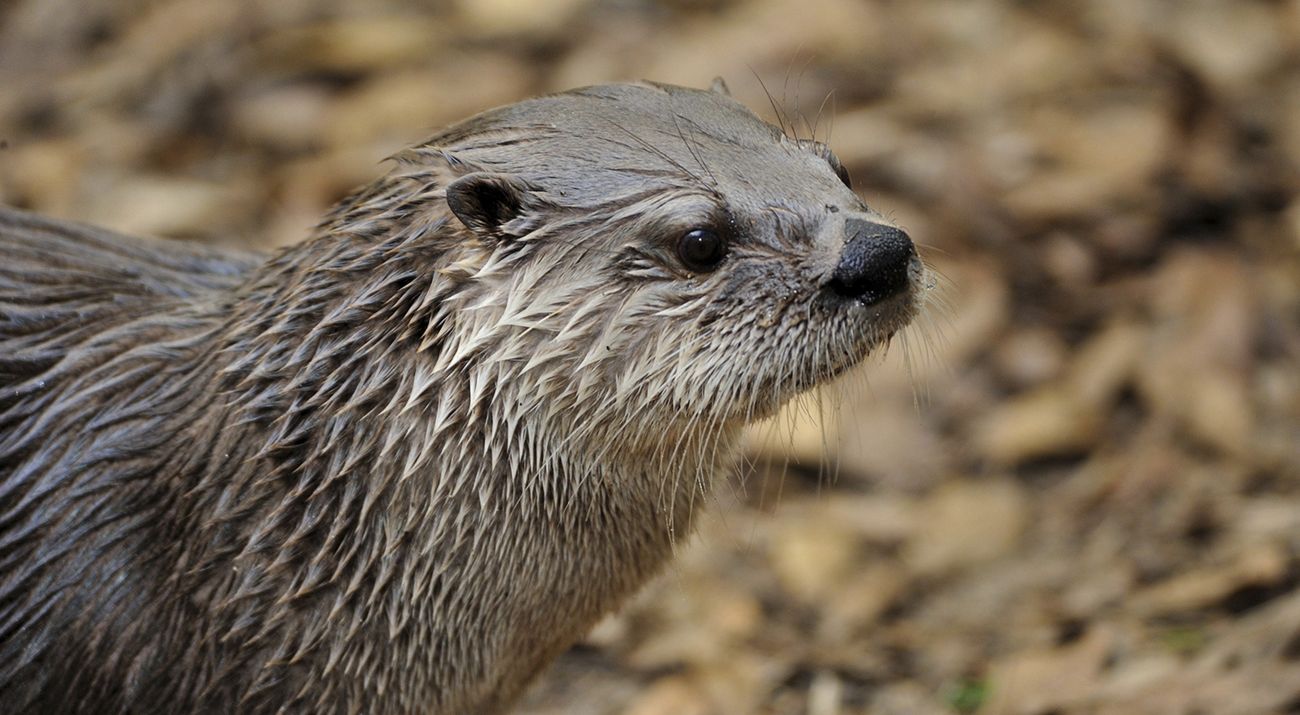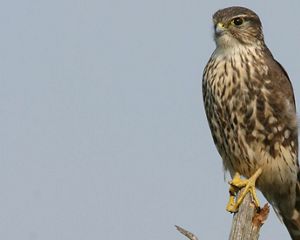
River Otters
Frisky, furry and fun-loving are just a few words to describe the river otter.
What Makes River Otters Special?
The river otter is an amphibious mammal known for its grace and playful nature. The otter’s strong swimming skills come in handy when playing in the water or while in pursuit of a meal—be it fish, mollusks or other small invertebrates. It has vibrissae, or sensory hairs, on its snout to sense water turbulence and help it locate prey.
Though wary of strangers, the river otter can be sociable and is easily domesticated. Incredibly playful, otters can be seen wrestling, chasing each other around and even sliding down slick or snow-covered riverbanks. Otters are active year-round thanks to a layer of fat right underneath the skin and thick fur to protect them in the coldest of waters.
Threats to River Otters
The river otter’s fur consists of two layers—a coarse, waterproof outer coat and a softer, finer layer that keeps the animal warm. Underwater, air bubbles cling to the outer hairs, covering the otter in what appears to be a silvery sheen. Unfortunately for the otter, humans have taken great interest in its luxurious-looking fur. The popularity of otter fur outerwear has contributed to the dramatic decrease in river otters for the past 200 years.
Historically, river otters were found in great numbers in the waterways and coastal areas throughout Canada and the United States. Sadly, habitat loss, water pollution and the fur trade have greatly reduced the otter population. River otters have been virtually eliminated in many parts of their original range. Heavily populated areas in the Midwest, East Coast and the Southeast United States have been greatly affected. However, successful reintroduction efforts are slowly restoring otter populations in many states.

Did You Know?
- Otters are part of the weasel family, which includes minks, skunks and badgers.
- River otters are solitary animals. Males do not associate with females until mating season. Then pairs will chase, dive and corkscrew through the water together.
- River otters can hold their breath for up to eight minutes. Their eyes are adapted for underwater vision, leaving them nearsighted when out of water. On land, otters rely on their sense of smell, hearing and touch to get around.
- River otters are territorial and will mark their territory with feces (or their musky scent, called spraint) as a warning to others. They will charge and scratch other otters who get too close.
River Otter Quick Facts
- Scientific name: Lutra canadensis
- Weight: 11-30 lbs.
- Length: 35-50 inches
- Habitat: Riparian—living or located near a body of water
- Diet: Primarily consumes fish, mollusks and other invertebrates
- Reproduction: Once yearly with an average litter of 2-3 and up to 6
- Predators: Include the bobcat, coyote and birds of prey; man
- Lifespan: Average of 9 years in the wild, possibly up to 20 years


